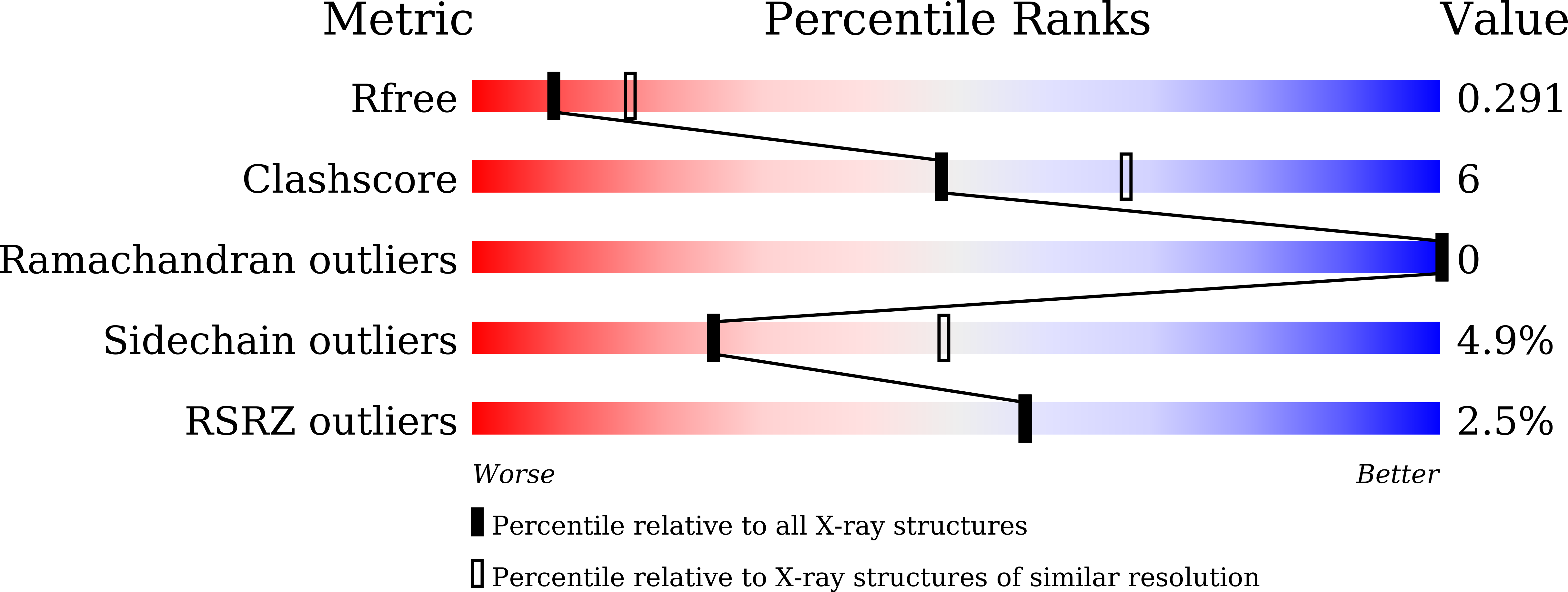
Deposition Date
2020-10-23
Release Date
2021-06-16
Last Version Date
2024-10-16
Entry Detail
Biological Source:
Source Organism:
Ailuropoda melanoleuca (Taxon ID: 9646)
Canine coronavirus (Taxon ID: 11153)
Canine coronavirus (Taxon ID: 11153)
Host Organism:
Method Details:
Experimental Method:
Resolution:
2.68 Å
R-Value Free:
0.29
R-Value Work:
0.26
R-Value Observed:
0.26
Space Group:
P 43 21 2


